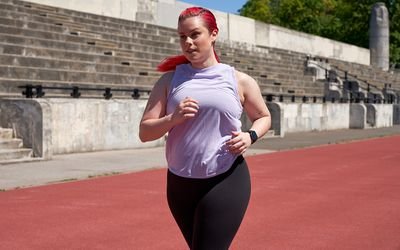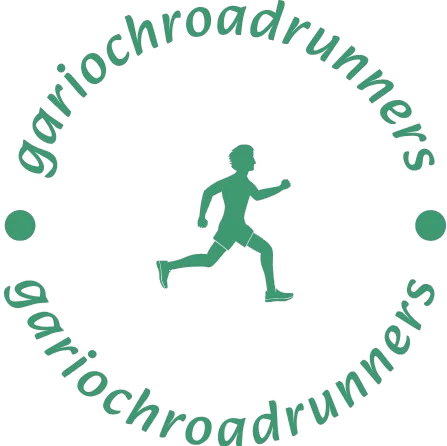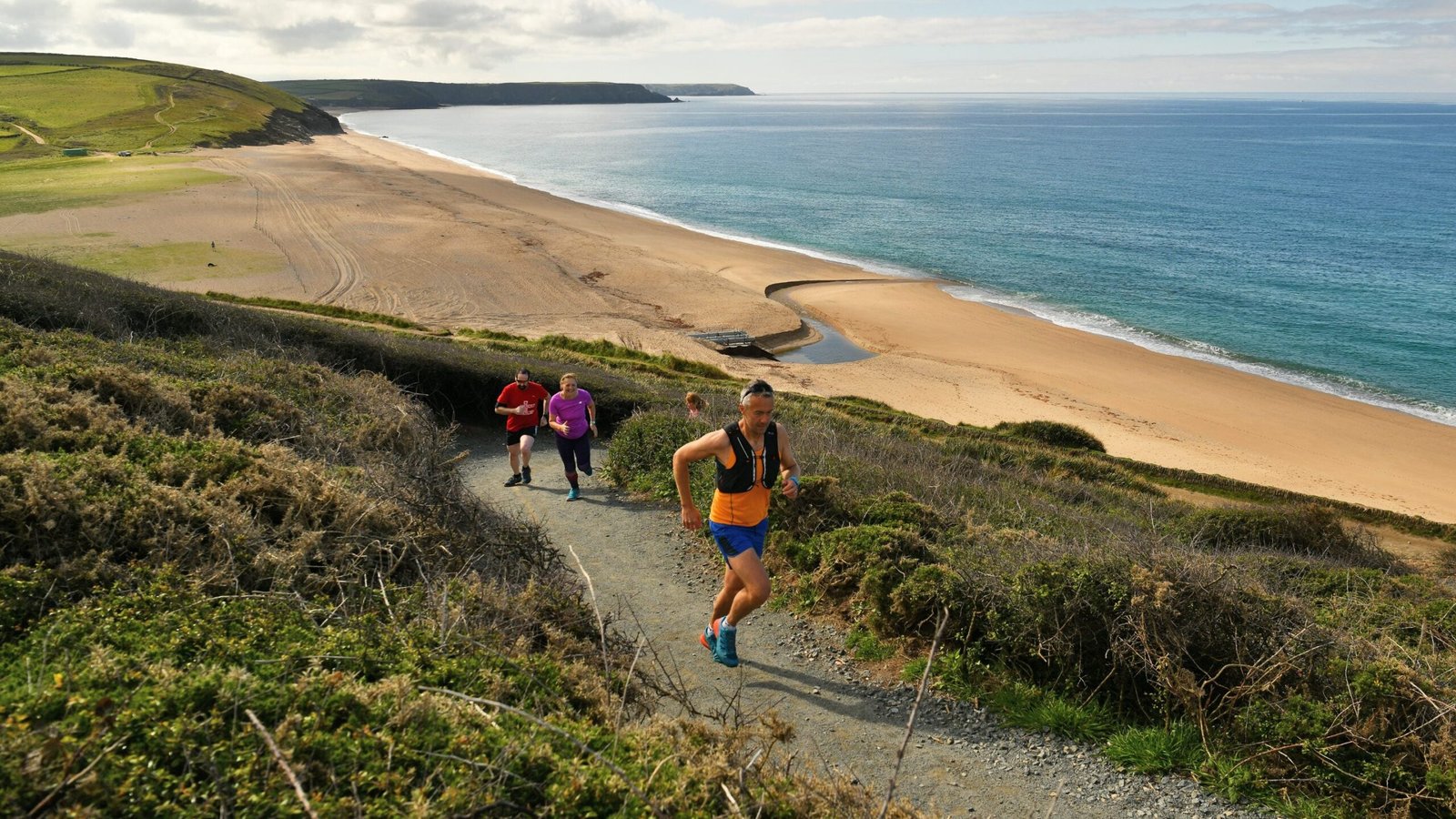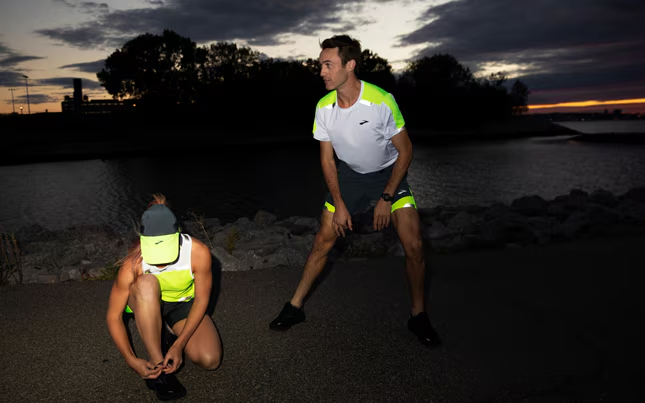Running faster while staying energized might sound tough, but it’s achievable with the right approach. Learning how to run faster without getting tired is all about building stamina, improving technique, and staying consistent. Let’s dive into the steps that can help you reach your goals!
1. Focus on Proper Form
Why Form Matters
Good running form helps you save energy and avoid getting tired quickly.
Key Tips
- Keep your head up and shoulders relaxed.
- Swing your arms naturally, but avoid crossing them over your chest.
- Land on the middle of your foot and push off with your toes.
2. Build Your Stamina Gradually
Start Slow
One of the best ways to run faster without getting tired is to improve your endurance step by step.
How to Do It
- Begin with short runs and slowly increase your distance.
- Include walking breaks if needed, but reduce them over time.

3. Practice Interval Training
What Is Interval Training?
Interval training involves alternating between high-speed running and slower recovery periods.
Benefits
- Boosts your speed and stamina.
- Helps your body get used to running faster without exhaustion.
4. Breathe Properly While Running
Why Breathing Matters
Good breathing keeps your body supplied with oxygen and helps you avoid fatigue.
Tips for Better Breathing
- Breathe deeply through your nose and mouth.
- Use a rhythmic pattern, like inhaling for two steps and exhaling for two steps.
5. Strengthen Your Core
The Role of Core Muscles
A strong core improves balance and stability, making it easier to run efficiently.
Simple Core Exercises
- Planks: Hold a plank for 30 seconds and gradually increase the time.
- Bridges: Lie on your back, lift your hips, and hold for a few seconds.
6. Eat for Energy
Fuel Your Body
What you eat affects how well you run.
Best Foods for Runners
- Carbohydrates: Whole grains, fruits, and vegetables provide long-lasting energy.
- Protein: Lean meats, eggs, and beans help repair muscles.
- Hydration: Drink plenty of water to stay energized.
7. Warm Up and Cool Down
Importance of Warming Up
Warming up prepares your muscles and prevents injury.
How to Warm Up
- Start with light jogging or brisk walking.
- Add dynamic stretches like leg swings or arm circles.
Don’t Forget to Cool Down
Cooling down helps your body recover after a run. Walk slowly and stretch your muscles to avoid stiffness.
8. Rest and Recover
Why Rest Days Matter
Rest days are essential for building strength and avoiding burnout.
Tips for Recovery
- Get enough sleep to let your body heal.
- Include active recovery, like gentle yoga or swimming, on rest days.
9. Use Mental Tricks
Stay Positive
A positive mindset can make a big difference in how you run.
Tricks to Keep Going
- Set small goals for each run, like reaching the next lamppost.
- Repeat motivational phrases to yourself, such as “I’m strong and fast.”
10. Invest in Good Running Gear
Comfortable Shoes
Wearing the right shoes reduces fatigue and prevents injuries.
Other Gear
- Lightweight, breathable clothing keeps you cool.
- A running watch helps you track your pace and progress.
Conclusion
Learning how to run faster without getting tired is all about practicing smart techniques, building your stamina, and taking care of your body. By following these tips and staying consistent, you’ll notice improvements in your speed and endurance. Lace up your shoes and start running faster today!











